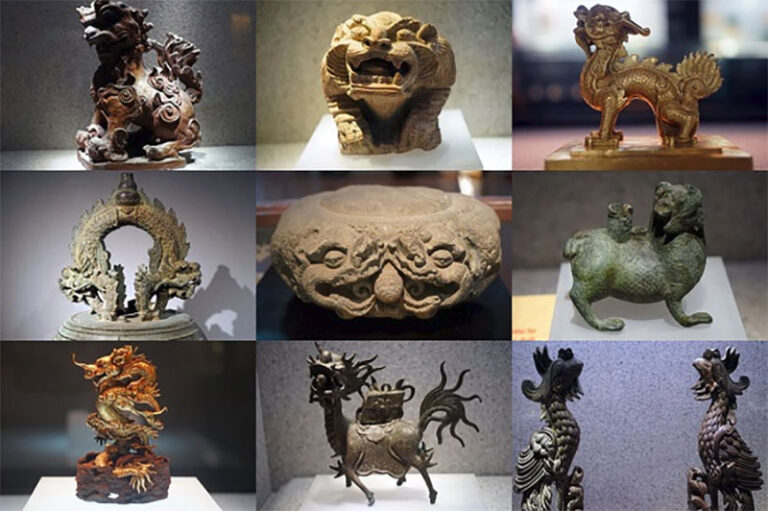
Vietnam’s traditional mascots are very rich and have always been an inseparable part of the traditional culture of Vietnamese people. So, what animals do Vietnamese mascots include, and what do they mean?
Vietnamese mascots in traditional culture
Throughout history, Vietnamese culture has developed and been influenced by many primary neighboring cultures, giving birth to many rich mascots with many unique features.
In Vietnamese traditional culture, mascots are sacred animals, which can be legendary creatures or real animals that have been spiritualized to symbolize a particular spiritual belief.
When it comes to mascots, most people believe that they are the embodiment of mysterious supernatural phenomena and reflect natural forces that have a strong influence on the universe and human life. Some of the most familiar mascots in Vietnam include dragons, unicorns, tigers, phoenixes, Nghe…
Because of their sacred nature, mascots are often placed in temples, pagodas, shrines, village gates, and altars to bring people a peaceful life.
1. Con Nghe – guarding against evil spirits
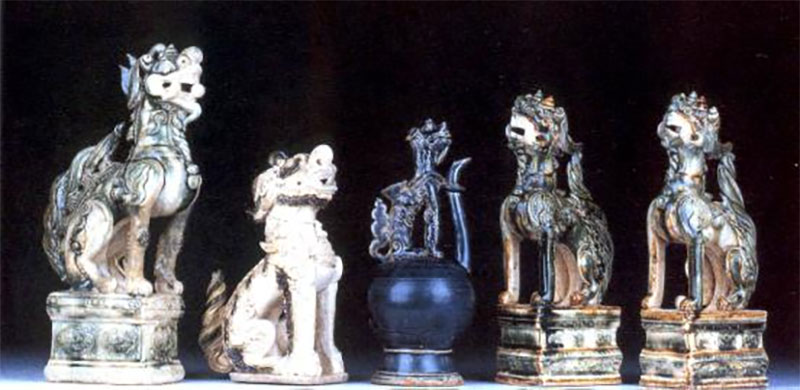
The Nghe is a fictional mascot with Vietnamese characteristics, unlike other Chinese or Indian mascots. Many opinions say that the image of the Nghe was developed from the ancient Vietnamese stone dog, combining many more flowery elements.
The image of Nghe is a pure Vietnamese mascot that appears in many living spaces of Vietnamese people, such as palaces, communal houses, pagodas, and mausoleums… to protect and ward off evil spirits.
Con Nghe is often crafted from stone and is usually large in size and weight, making it difficult to move. The stone statue will be fixed at the temple gate, communal house, or sacred place of worship.
Nghe is often placed at positions such as village gates, temple gates, road intersections, and in front of houses to guard these places. People believe Nghe will protect the homeowner and ward off evil spirits and dangerous weapons.
Besides, Nghe is also considered a mascot with a calming effect and magical abilities close to the Four Spirits.
2. Dragon – great auspiciousness
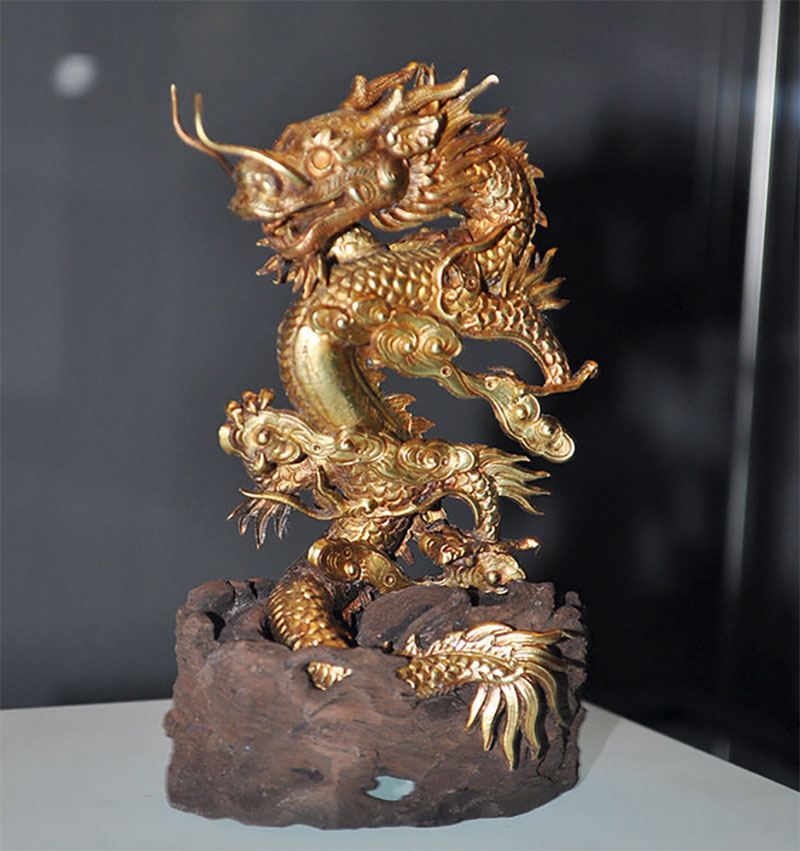
Dragons are legendary mascots with extraordinary power and appear in many cultures worldwide. In Vietnam, the image of the Dragon was also present very early, from the Van Lang – Au Lac period.
Dragon is the highest-ranking spirit animal, standing at the top of all mascots, symbolizing supreme power, majesty, and leadership. Dragons also can circulate the universe, bring good rain and wind, and help harvests and all things flourish.
For many business people, the dragon image is also associated with luck and great prosperity, helping them do more business.
Because it is highly respected, dragons are often placed in the most solemn and highest places in architecture, such as on the roof of the temple or worship room or curled around the pillars of pagodas, shrines, and palaces…
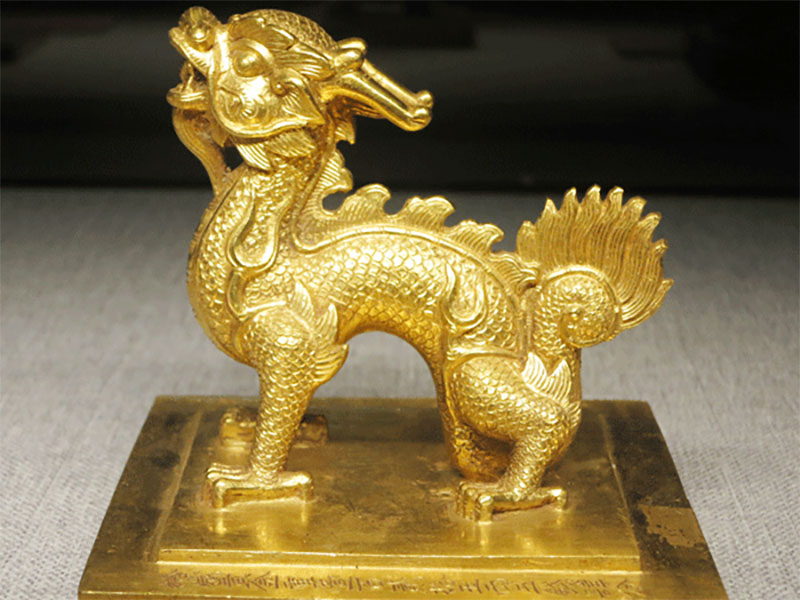
A famous mascot in the Early Le Dynasty, the unicorn is a good-natured mythical creature that does not do evil or harm any living beings.
Therefore, the unicorn symbolizes goodness, elegance, dignity, and respect. Unicorns also have a particular relationship with royalty, representing the power of ancient kings.
According to legend, every time a unicorn appears, a wise man will be born, so this also represents authority. Unicorns are often displayed in pairs, placed in front of shrines, temples, and palaces, with their heads facing outward.
The image of a Vietnamese unicorn with typical characteristics: big eyes, big nose, short muzzle, blunt horns, fanned bushy tail, cheerful and active demeanor.
5. Tiger
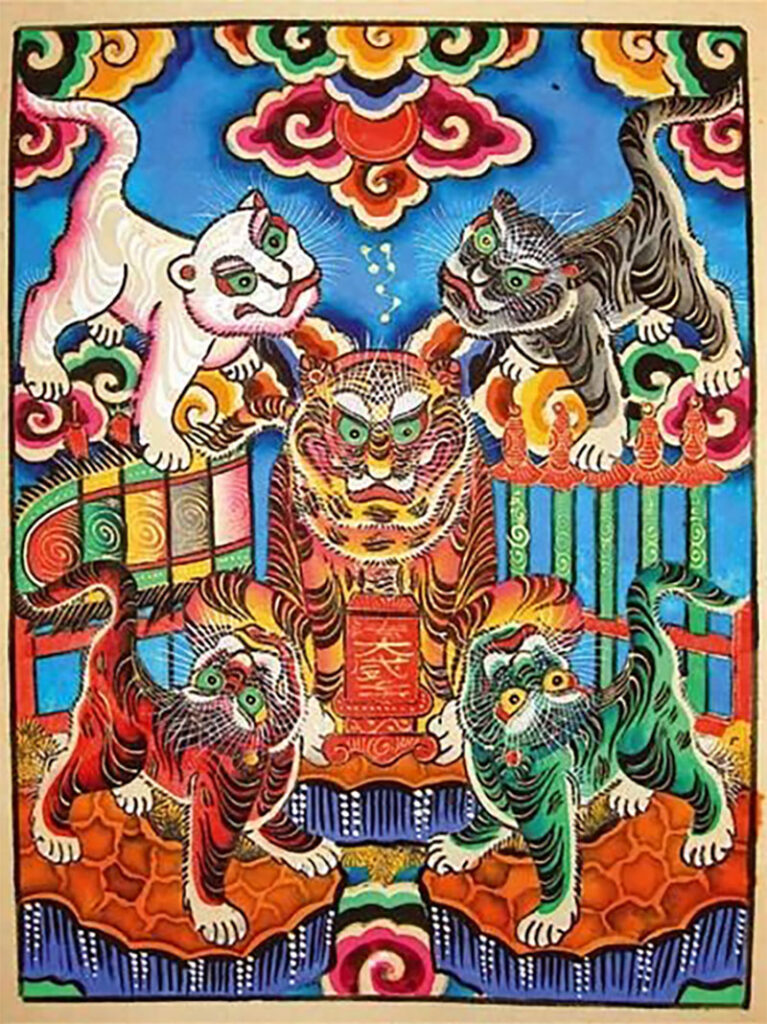
In Vietnamese culture, the Tiger (Con Hổ) is one of the 12 animals in the zodiac, each associated with a specific year in the lunar calendar. People born in the Year of the Tiger are believed to possess particular characteristics and traits related to the tiger.
The tiger, or “Ong Ba Muoi” is a very familiar creature in Vietnamese culture. In many fairy tales and ancient stories, tigers are always feared by humans but are respected and respected by humans. Tigers also symbolize the incredible strength and authority of nature.
People often worship tigers in ancient architectural areas, temples, and communal houses, right below the altar of Saints or Buddha…
6. Lac Bird – Symbol of Ancient Vietnamese country (Au Lac)
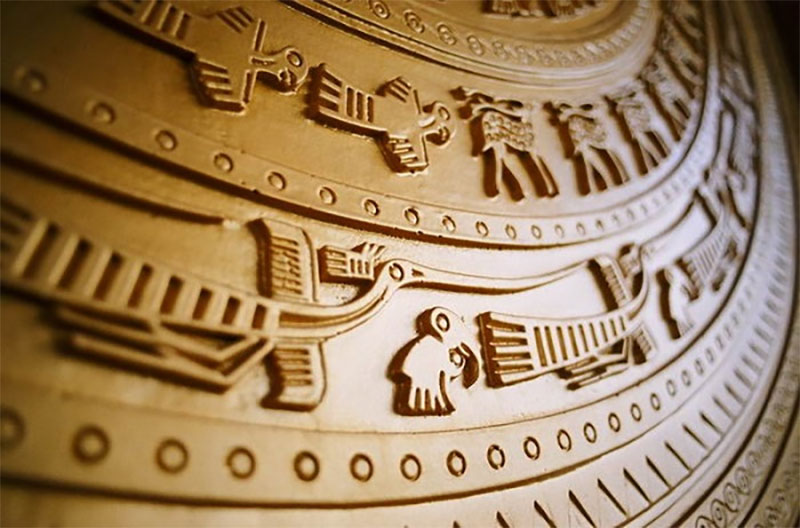
The Lac Bird is one of the most ancient mascots of the Vietnamese people. No old books record the origin or explain the day symbol.
Today, the Lac bird is a meaningful symbol for giving Vietnamese people a feeling of common roots and constantly building great aspirations in daily life.
The image of the Lac bird appeared during the Au Lac period and was also considered a symbol of the Au Lac country. Nowadays, we can still often see this mascot on the surface of bronze drums or some ancient items discovered by archaeologists.
7. Phoenix Bird
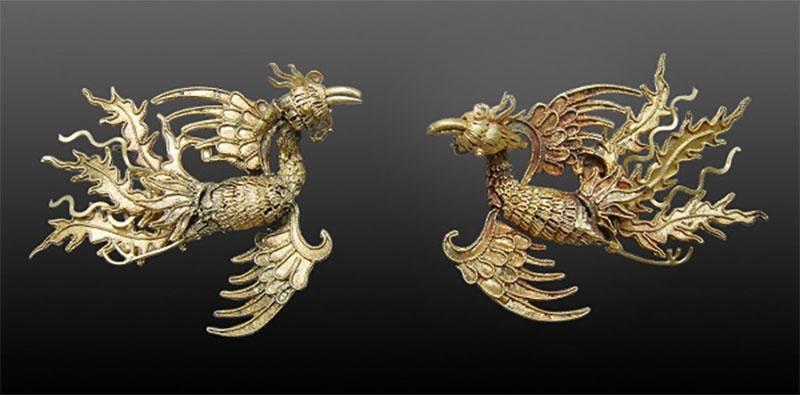
The Phoenix bird in ancient Vietnamese folklore means rebirth, wisdom, and light. As one of the “Four Spirits,” Phoenix birds often appear when there is peace, symbolizing a peaceful and prosperous country. Furthermore, they are also a symbol of the universe in operation.
In ancient times, the phoenix symbolized noble and prestigious women, often embroidered on blankets, quilts, pillows, bed sheets, curtains, paintings, dishes, betel boxes…
8. Turtle
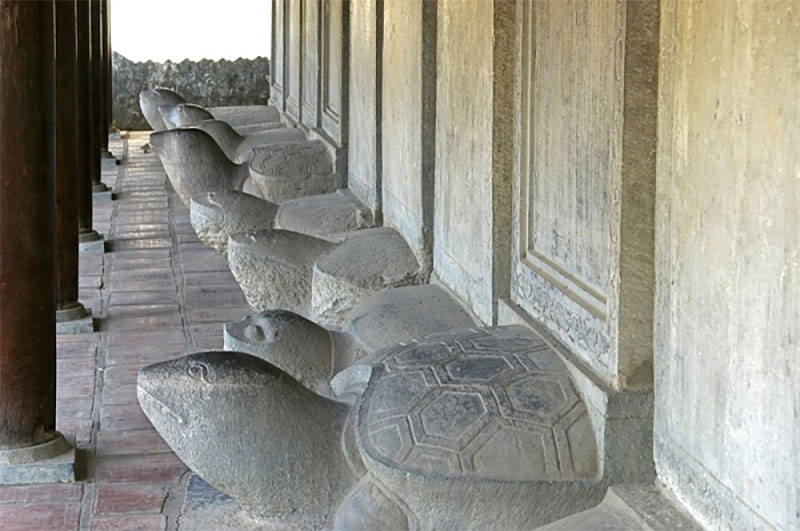
As one of the four sacred beasts responsible for guarding the four directions, it has entered the subconscious of Vietnamese people since the early days of building the country.
Turtles symbolize success, fame, fortune, and blessings for the homeowner, so they are trendy. Turtles often appear in temples, schools, etc.
9. Crane
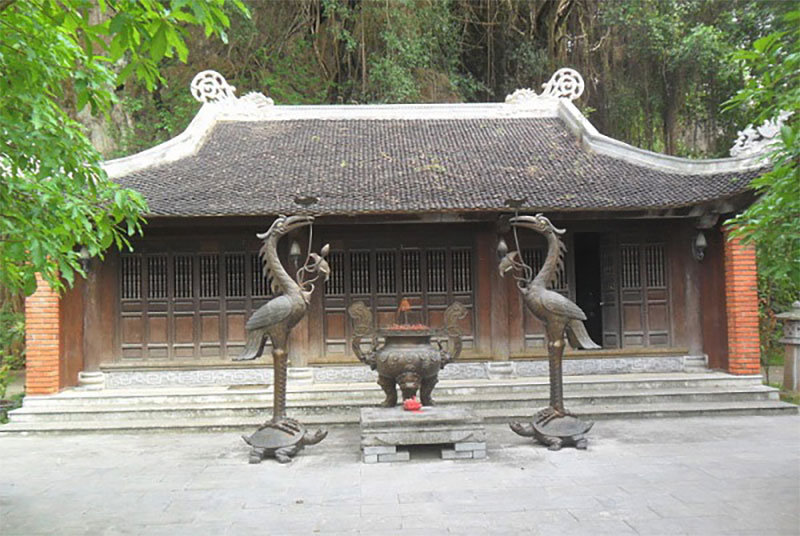
The Crane, with its gentle, delicate, and flexible image, symbolizes good omen, nobility, freedom from worldliness, and longevity. Symbolizing longevity and happiness, people always leave crane statues in their homes or gardens to hope for a peaceful and happy family.
When the Crane combines with the back of the turtle, it will bring more meaning to the harmonious interaction of yin and yang, goodness and happiness.
While these are not official mascots, they are symbols deeply rooted in Vietnamese culture and history. It’s important to note that symbolism and cultural significance can vary, and different individuals or communities in Vietnam may interpret these representations differently.